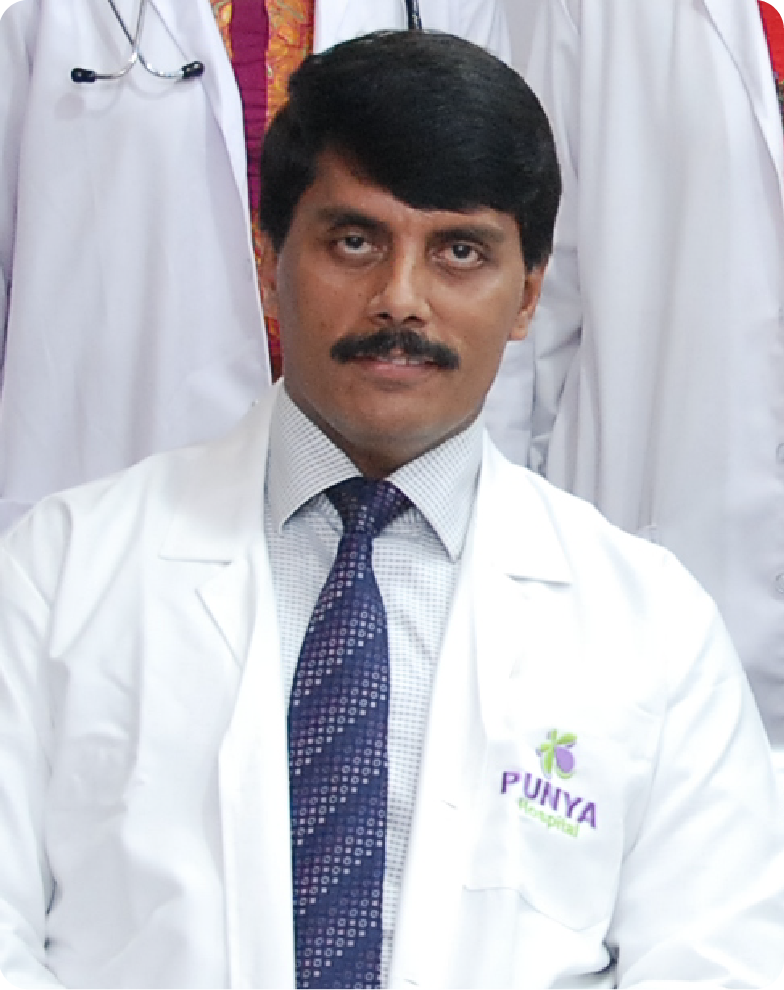Lap Pediatric Surgeries
Lap Pediatric Surgeries
Though laparoscopic surgeries were introduced as early as 1902, it became an accepted surgical procedure and became popular only during the last quarter of the previous century. In laparoscopic procedure the surgeon is not conducting surgeries directly using his hands. Furthermore, only three or four small incisions of the size 1 to 2cms are required in this method as against an incision of about 6 to 8 inches required in the conventional open surgery. In this type of surgery a laparoscope is inserted through one of the incisions and through other incisions the instruments required for carrying out the surgery are inserted. A laparoscope is an instrument with a miniature camera and light source on one end of a flexible tube, the other end of which will be connected to a monitor placed in front of the surgeon. Seeing the videos taken by the camera in the monitor the surgeon performs the surgery by remotely controlling the special instruments inserted for this purpose.
First laparoscopic pediatric surgeries carried out in a child were reported in the year 1971 in Newyork. The success of this surgery combined with availability of miniature instruments suitable for laparoscopic surgeries in children and immense hard work and dedication of medical scientists paved the way for the introduction of new techniques in this field. In the earlier days, laparoscopic procedures were used in children only for diagnostic purposes. Now different types of laparoscopic procedures are performed in newborns and infants with much ease and comfort. Some of the important paediatric laparoscopic procedures that are practised by surgeons all over the world are detailed below.
Pediatric laparoscopic splenectomy: Damages caused to spleen are rectified through a surgical procedure known as splenectomy. The spleen of the pediatric population may be damaged due to sickle cell anaemia, spherocytosis etc. When attempts to manage the problem by medication and other methods fail surgeons resort to surgical remedy, which can very easily be carried out as laparoscopic procedures.
Pediatric fundoplication for gastroesophageal reflux (GERD): In newborns and children the lower esophageal sphincter is weak and so spitting is common. But if it persists, by about 18 months medical or surgical intervention will become unavoidable. Failure of medical intervention and life threatening circumstance may necessitate surgical intervention. Pediatric laparoscopic fundoplication is carried our through five small incisions. One Incision for this surgery is usually made in the fold of the belly button and the remaining incision are made in the upper abdomen. As these four incisions are very small the scar from these incisions will not be visible after healing.
Advantages of pediatric laparoscopy
Incision advantage: The incisions required in this surgery are very small compared to that in open surgery. This makes the surgery less painful and recovery faster. The scares will be almost invisible after healing
Cost cutting: The experience have far and again proved that pediatric laparoscopy is less costlier than open surgeries carried out in children. Cost cutting happens mainly because of lesser hospital stay and lesser duration for the surgery.
Chest wall deformity: Standard posterior lateral thoracotomy is an open surgical procedure which requires a long incision which can lead to chest wall infection and scoliosis. In pediatric laparoscopy as the incisions are very small the probability of this infection is minimised.
Intra-abdominal advantages: Minimised tissue handling and advantages of better vision and precision handling can lead to inter-abdominal advantages
OUR TEAM

Dr. Nagaraj B Puttaswamy
Senior Consultant - Laparoscopic Surgeon Bariatric Surgeon and Surgical Gastroenterologist


